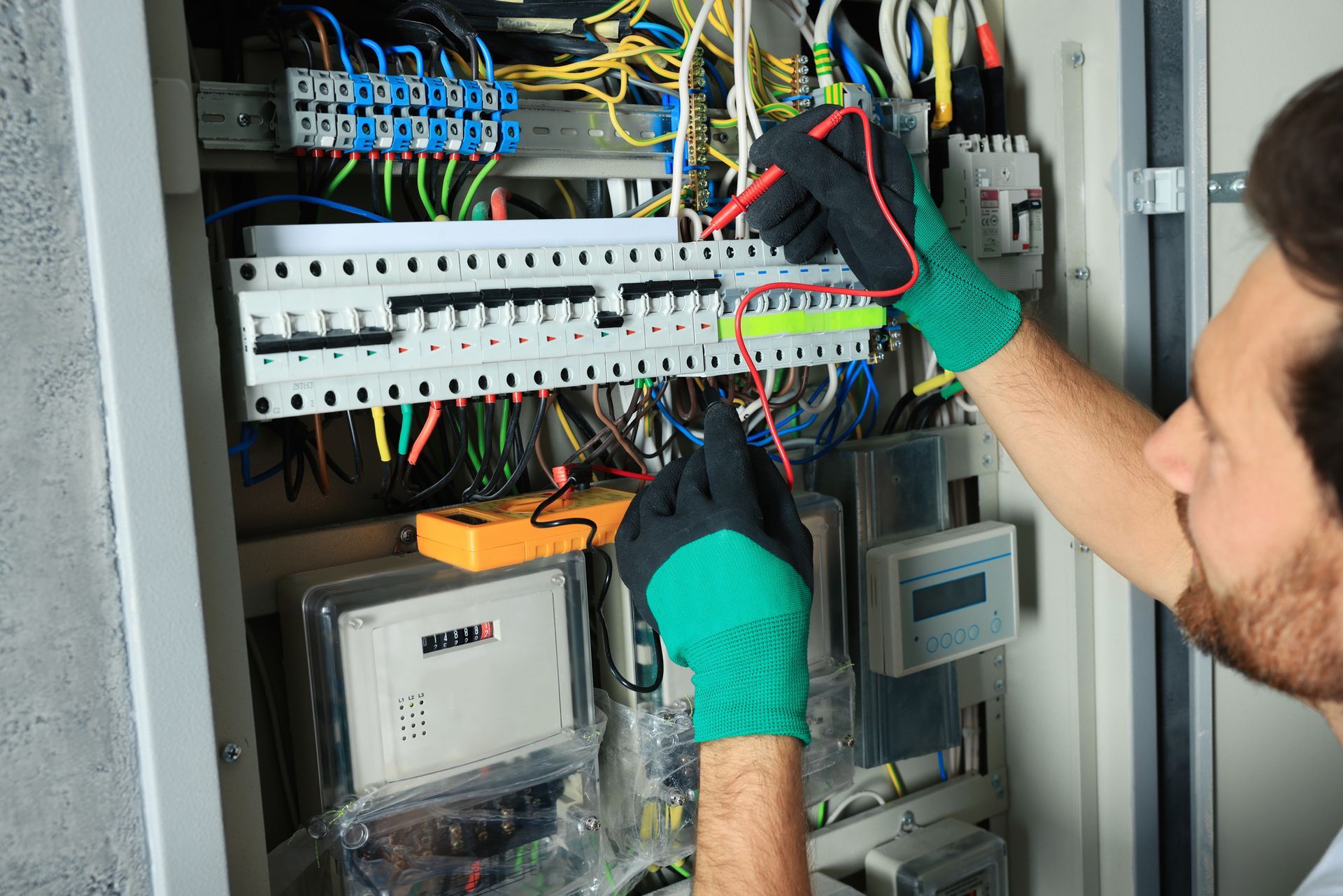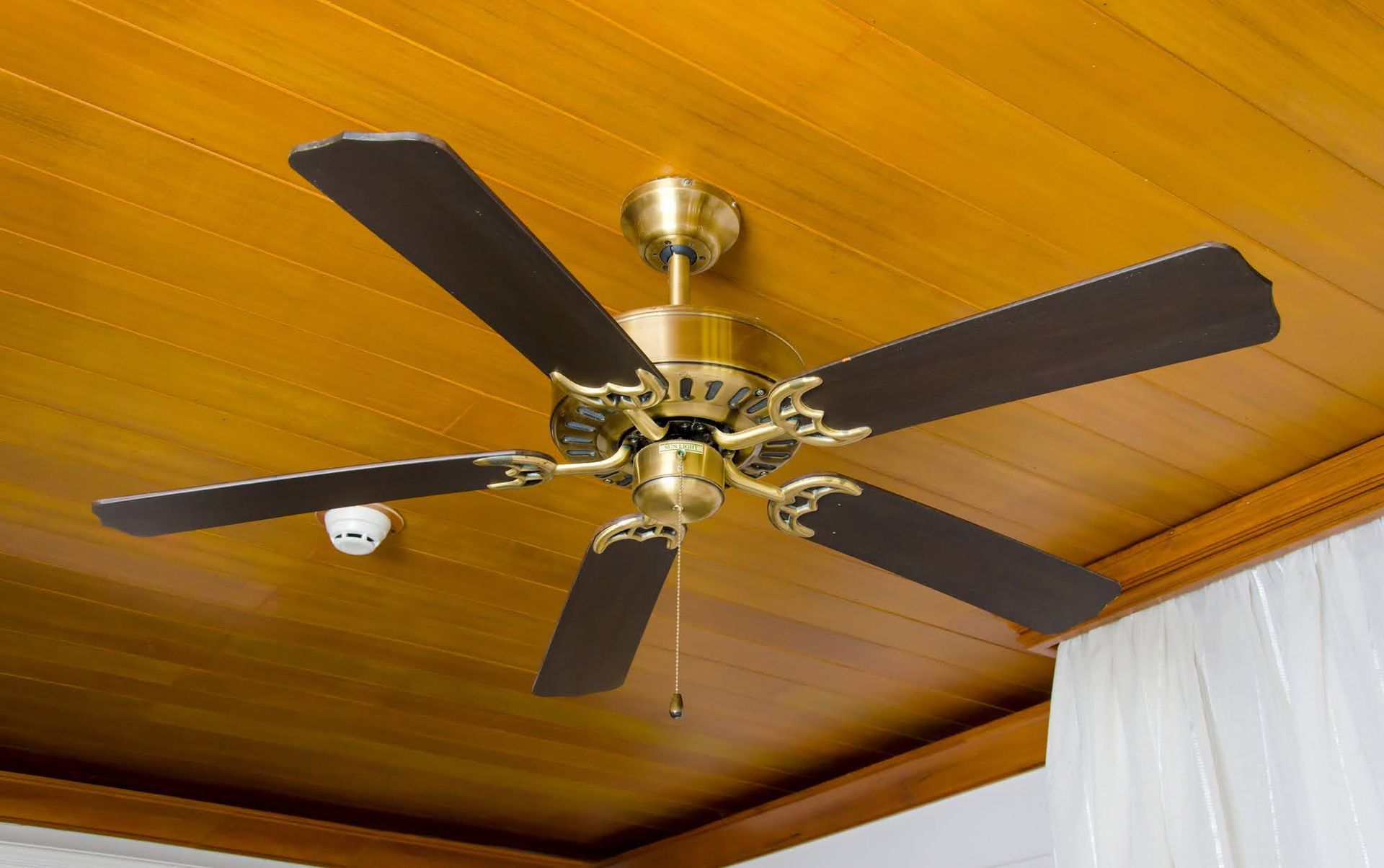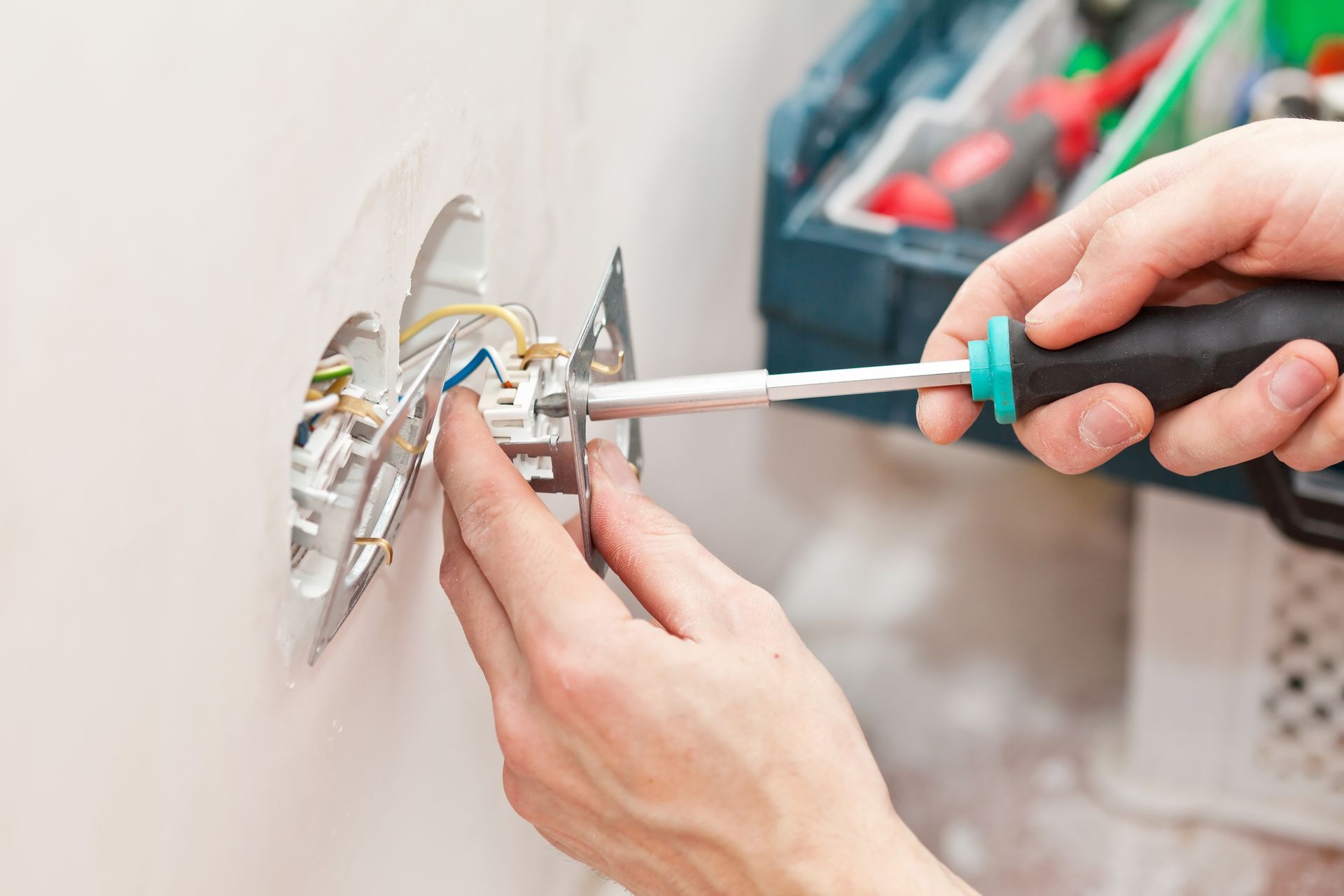Flickering Lights: A Homeowner's Comprehensive Guide
Flickering lights can be a frustrating and sometimes alarming occurrence in your home. While occasional flickering may not be a significant concern, frequent flickering can indicate an underlying electrical problem. This comprehensive explores the various reasons behind flickering lights and provides tips and solutions to help you effectively address the issue.
Common Causes of Flickering Lights
Here are the main causes of flickering lights.
Loose Bulb
A loose bulb is one of the most common and easily fixable causes of flickering lights. When a bulb is not screwed in tightly enough, it can make an intermittent connection with the socket, causing the light to flicker erratically.
Dusty or Dirty Sockets
Over time, dust and dirt can accumulate in light sockets, interfering with the electrical connection and leading to flickering or dimming of the lights. Regularly cleaning the sockets with a clean, dry cloth can help prevent this issue.
Circuit Overload
When too many appliances or devices are plugged into one circuit, it can overload the circuit and cause the lights connected to that circuit to flicker. This is especially common in older homes with outdated wiring that may not be able to handle the increased electrical load.
Voltage Change
Fluctuations in voltage from the power company can also cause lights to flicker. These fluctuations can be caused by various factors, such as severe weather events, power surges from nearby appliances, or maintenance activities on the power grid.
Loose Plug Connection
A loose plug connection, whether at the outlet or on the appliance itself, can disrupt the flow of electricity and cause flickering lights. This is more likely to occur with older plugs or cords that have been frayed or damaged due to wear and tear.
Incompatible Dimmers
Using a dimmer switch with an incompatible light bulb can lead to flickering. Not all light bulbs are designed to work with dimmers, so check the bulb's specifications before using it with a dimmer switch. If you're unsure, opt for a dimmable LED bulb for optimal compatibility.
A Faulty Circuit Breaker
A faulty or worn-out circuit breaker can also cause flickering lights. If the circuit breaker is not tripping properly, it can allow too much current to flow through the circuit, resulting in unstable voltage levels and flickering lights.
Troubleshooting Tips for Flickering Lights
Before calling an electrician, it's advisable to try to identify the issue. Here's a step-by-step guide:
Identify the Affected Lights
Determine if the flickering is isolated to a single light fixture or a specific area of your home. This can help narrow down the cause of the problem.
Check the Bulbs
Turn off the light and carefully remove the bulb. Inspect the bulb for any signs of damage, such as broken filaments or darkened glass. If the bulb appears damaged, replace it with a new one.
Clean the Sockets
Use a dry cloth to gently clean out any dust or debris from the light sockets. This can improve the electrical connection and reduce flickering.
When to Call an Electrician
Here are some situations that warrant professional attention:
Widespread Flickering
If lights are flickering throughout your home, it indicates a more significant electrical problem that requires professional assessment. This could be due to faulty wiring, an overloaded main circuit, or issues with the power supply from the utility company.
Burning Smell or Sparking
If you notice a burning smell or see sparks coming from a light fixture, outlet, or any electrical component, it's an emergency, and you should immediately call an electrician to prevent a fire hazard.
Repeated Flickering Despite Troubleshooting
If you've tried the troubleshooting above tips and the flickering persists, it's best to seek professional help to identify and address the underlying cause.
Beckstoffer-Welsh Inc. can thoroughly inspect the electrical system and determine the appropriate solution. Contact us now to get started.















